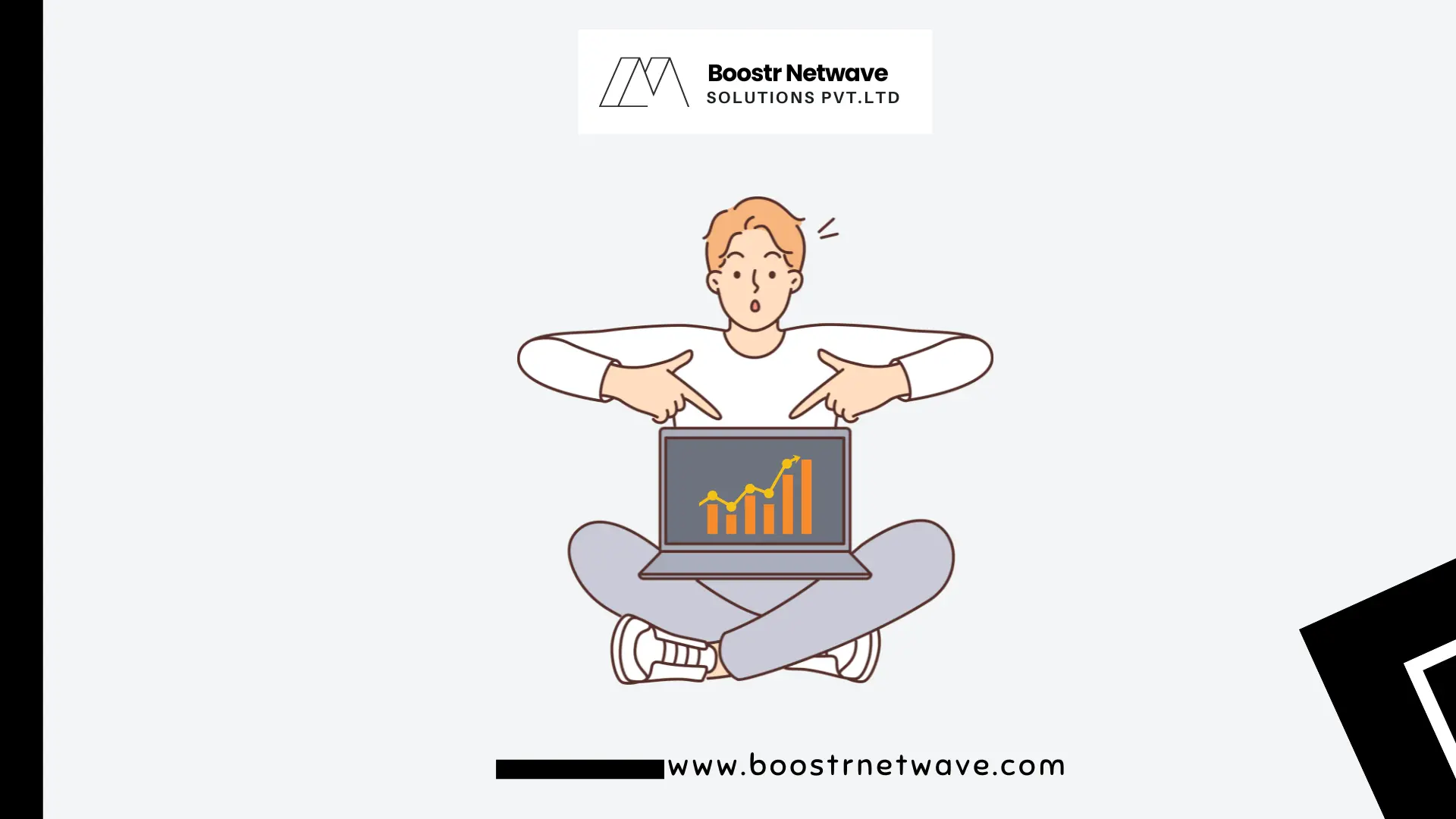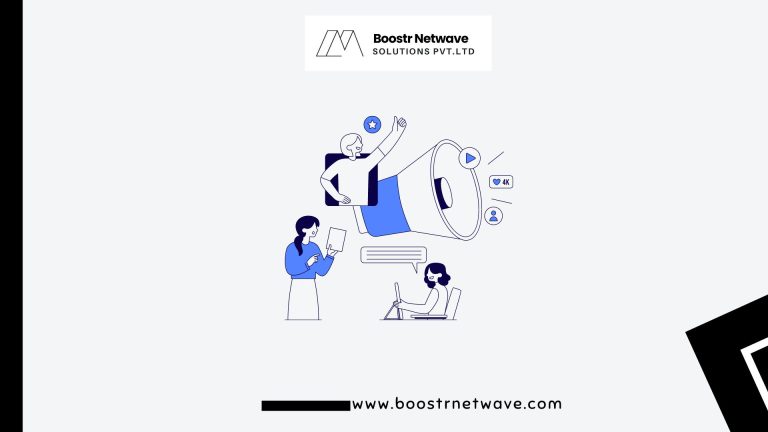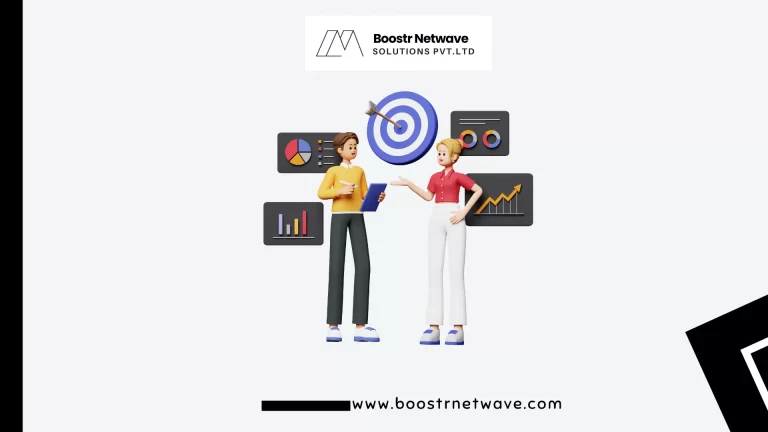In the fast-paced world of Software as a Service (SaaS), staying ahead of the curve means constantly monitoring and optimizing your strategies. One key way to do this is by tracking essential marketing metrics.
These metrics provide invaluable insights into your business performance, customer behavior, and the effectiveness of your marketing efforts. Let’s dive into the 11 SaaS marketing metrics you need to track in 2024 to ensure your business thrives.
Understanding SaaS Marketing Metrics
What are SaaS marketing metrics?
SaaS marketing metrics are data points that help you measure the success and efficiency of your marketing efforts. They provide insights into customer acquisition, retention, revenue generation, and overall business health.
Why are they important?
Tracking these metrics allows you to make informed decisions, optimize your marketing strategies, and drive growth. Without them, you’re flying blind, unable to measure what’s working and what needs improvement.
No 1. Customer Acquisition Cost (CAC)
Customer Acquisition Cost (CAC) is the total cost of acquiring a new customer, including marketing and sales expenses. It helps you understand how much you spend on bringing in each new customer.
How to calculate CAC?
CAC = Total Marketing and Sales Expenses / Number of New Customers Acquired
Ready to optimize your SaaS marketing strategy? Book a strategy call with us for expert software development and consulting services.
No 2. Activations
Activations refer to the number of new users who complete a key action that indicates they are actively using your product or services. It’s an important step in the customer journey, showing initial engagement.
How to track activations?
Monitor user behavior to identify when they complete basic actions or setup, such as setting up an account or using a core feature.
No 3. Signup for Paid Conversion
This metric measures the percentage of users who sign up for a free trial or free version and then convert to a paid plan. It’s a clear indicator of your product’s value and your ability to convert leads into paying customers.
How to calculate signup to paid conversion?
Signup to Paid Conversion = (Number of Paid Conversions / Number of Signups) * 100
No 4. Churn Rate
Churn Rate is the percentage of customers who cancel their subscriptions over a specific period. High churn rates can indicate issues with your product or customer satisfaction.
How to calculate the churn rate?
Churn Rate = (Number of Customers Lost / Total Customers at Start of Period) * 100
No 5. Net Promoter Score (NPS)
Net Promoter Score (NPS) measures customer loyalty and satisfaction by asking customers how likely they are to recommend your product to others. It’s a strong indicator of customer sentiment.
How to calculate NPS?
NPS = % Promoters – % Detractors
No 6. Retention
Retention measures the percentage of customers who continue using your product over time. High retention rates indicate strong customer satisfaction and loyalty.
How to calculate retention?
Retention Rate = ((Number of Customers at End of Period – Number of New Customers During Period) / Number of Customers at Start of Period) * 100
No 7. Annual Contract Value (ACV)
Annual Contract Value (ACV) is the average annual revenue per customer contract. It helps you understand the long-term value of your customer relationships.
How to calculate ACV?
ACV = Total Contract Value / Number of Years
Want to boost your lead-to-customer conversion rate? Contact us today to discover how our tailored marketing solutions can drive your growth.
No 8. Marketing Sourced Revenue
Marketing Sourced Revenue measures the revenue generated from leads acquired through marketing efforts. It highlights the effectiveness of your marketing campaigns.
How to track marketing-sourced revenue?
Use CRM tools to attribute revenue to specific marketing activities and campaigns.
No 9. Top of the Funnel Leads
Top of the Funnel Leads are potential customers who have just entered your sales funnel through marketing efforts. They are in the early stages of the buying process.
How to track top-of-the-funnel leads?
Monitor the number of new leads generated through marketing campaigns, content downloads, and website visits.
No 10. Number of Active Trials
This metric tracks the number of users currently in a free trial period. It helps you gauge interest in your product and potential future conversions.
How to track the number of active trials?
Keep an eye on your CRM or trial management system to monitor active trials.
No 11. Lead Velocity Rate (LVR)
Lead Velocity Rate (LVR) measures the growth rate of qualified leads entering your sales funnel each month. It’s a forward-looking metric indicating future revenue growth.
How to calculate LVR?
LVR = (Number of Qualified Leads This Month – Number of Qualified Leads Last Month) / Number of Qualified Leads Last Month * 100
Conclusion
Tracking these 11 SaaS marketing metrics in 2024 will provide you with the insights needed to optimize your strategies and drive growth. By understanding and acting on these metrics, you can ensure your SaaS business remains competitive and successful.
Ready to boost your business Schedule a meeting now and let’s discuss your growth strategy! 📈🙂
Also Read:- What is SaaS Content Marketing?
Also Read:- How We Ensure Quality In Your Software Projects?
Also Read:- Benefits Of Custom Software Development
Also Read:- What Is Software Development Lifecycle (SDLC)?
FAQs
What is the most important SaaS marketing metric to track?
While all metrics are important, Customer Lifetime Value (CLTV) is crucial as it directly impacts your revenue and profitability.
How often should I review my SaaS marketing metrics?
It’s best to review them monthly to stay on top of trends and make timely adjustments to your strategies.
Can I use automated tools to track these metrics?
Yes, there are several SaaS tools available that can help you track and analyze these metrics efficiently.
What should I do if my metrics aren’t improving?
Analyze the areas where you’re falling short, seek customer feedback, and refine your strategies to address those issues.
How can these metrics help in strategic decision-making?
These metrics provide actionable insights that can guide your marketing, sales, and product development decisions, ensuring alignment with your business goals.





